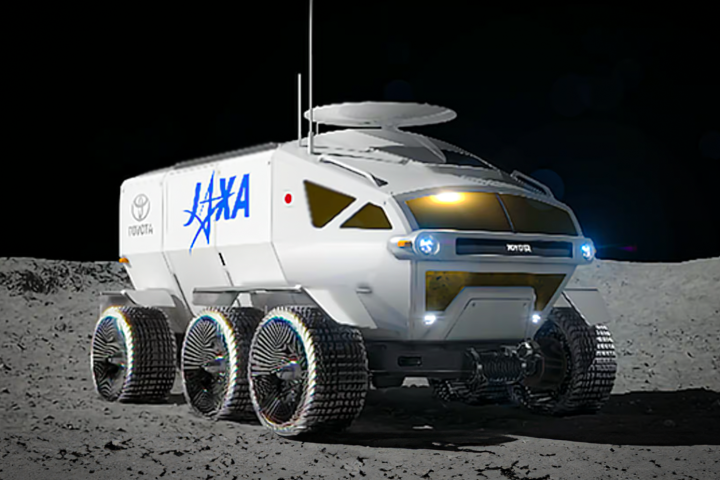Resistance touch technology, which generally relies on the use of a stylus or similar instrument, typically detects touch by measuring changes in electrical resistance. But it can only detect one touch at a time. Touch screen using capacitance technology can detect multiple inputs, but can’t detect pressure. Now researchers at New York University (NYU) are looking to get the best of both worlds with a new type of touch-sensitive pad that responds precisely to pressure and can detect multiple inputs at once.
In an attempt to make a pressure-sensitive touch pad to replace the humble computer mouse researchers Ilya Rosenberg and Ken Perlin printed thin sheets of plastic with a pattern of electrically conductive metal lines. A special program is used to design the pattern, which is tailored for the device’s intended usage. The sheet is then covered with an even coat of semi-conductive, pressure sensitive ink.
Two of these prepared sheets are then placed against each together with the pressure sensitive ink facing inwards and the sheets oriented so that the conductive metal lines from a grid. The sheets are then stuck together with that most high-tech of materials – double-sided tape.
Once the two sheets are combined, every sixth metal line terminates at one edge of the plastic sheets in a short, flexible tail that is connected to a rigid circuit board by a clamp. Although the rest of the wires are not connected to the electronics, they do affect the electrical resistance of the active lines, thereby helping the software identify the location of a touch.
A microchip contained on the circuit board is programmed to scan the sensor pad and supply power to each active wire in quick succession. The pad then detects pressure by measuring the strength of the electric current at different locations. If an object touches at the inter¬section of two conductive lines, the electronics register a strong current there; but the farther away from the intersection it touches, the weaker the current, owing to the resistivity of the ink.
The microchip then converts the pressure data from a continuous analog signal into a digital format and compresses the data to send to a computer via a USB connection or, for musical applications, a MIDI port. The software on the computer then calculates the position of points of contact with the pad and the level of pressure each point exerts. And because so few of the wires need to be powered, larger versions of the pad can achieve similar sensitivity without much increase in complexity or cost.
Prototypes developed by Rosenberg and Perlin already boast resolution high enough to accurately sense finger and stylus input for tablet PCs. They can also record forces from five grams to five kilograms with a 2.5 percent margin of error, making them able to detect anything from a light tap from a stylus to a strike on a digital drum.
Since the pressure sensitive ink used in the prototypes makes the pads an opaque black, they currently aren’t much good for touch screen interfaces for mobile phones or similar mobile devices. However Rosenberg believes that by using a different type of pressure-sensitive ink and making the lines thinner they will be able to build a transparent sensor that could be used in such devices.
But Perlin says the technology still has many potential applications in its current form. These include monitoring a person’s gait and alerting nurses when a patient in a hospital bed has been still for too long. Perlin also suggests the pad could be integrated into the back of a handheld gaming device so users could enjoy multi-touch control within the game, without obstructing the screen.
Engineers at Touchco, a startup launched in April by Rosenberg and Perlin to license the technology, are also working on the first electronic hand drum, which they say wouldn’t be possible without a sensor capable of such fine resolution.
Source: Technology Review








